Blockchain in Retail Market is Growing at 84.6% CAGR through 2026
According to the report, the global blockchain in
retail market size garnered $83.00 million in
2018, and is estimated to reach $11.18 billion by 2026, growing at a CAGR of
84.6% from 2019 to 2026.
Rise in need to ensure quality, reliability,
authenticity, and product safety, an increase in investment by retail
industries in blockchain-based solutions, and an upsurge in transaction
transparency fuel the growth of the global blockchain in retail market. On the
other hand, scarcity of skilled experts hampers the growth to some extent.
However, rapid change in the retail sector and international trade is expected
to create a number of opportunities for the key players in the industry.
Blockchain as a digital technology has progressed
a lot in recent years. And among all the end users, the financial sector has
been experiencing a major transformation. However, retailers are also exploring
the potential applications and benefits of blockchains across the retail
industry. Online payments, card-based payment methods, and loyalty rewards and
management have become dominant and gained huge traction in the recent past
and, blockchain is expected to support all these changes by enabling increased
speed of transaction and real-time processing.
Retailers need to collaborate with numerous
partners and external stakeholders on joint projects to test blockchain
applications in their business. These factors are expected to create major
blockchain in retail market opportunity in forthcoming years.
Furthermore, with suitable and appropriate
collaboration, blockchain can enhance supply chain visibility which can improve
sales forecasting and inventory control while creating product authenticity and
provenance. In addition, blockchain can reduce costs and increase operational
efficiency by eradicating the need for redundant databases and management
systems across retail organizations.
The current compliance processes that are being
used among retailers are time-consuming, which can lengthen other processes
involved in the retail supply chain. The capability of blockchain to work in
real-time on shared common datasets and to enable secure compliance management
offers better visibility to retailers. Thus, these features reduce the
additional efforts for retailers, which in turn increases the adoption rate of
blockchain technology for compliance management. Also, the traditional trade
process in asset management involves huge cost and risks when it comes to
cross-border transactions.
Based on components, the platform segment held the
major share in 2018, generating more than two-thirds of the global blockchain
in retail market. The growing need for safe and secure transmission of data
across supply chain is driving the growth of this segment. At the same time,
the services segment would register the fastest CAGR of 89.3% during the study
period. Blockchain services allow retailers to bring innovation across the
industry and helps them create new value for their businesses, which augments
the growth of the segment.
Based on application, the payments & smart
contracts segment contributed to more than two-fifths of the global blockchain
in retail market in 2018, and is expected to retain its dominance till 2026.
This is attributed to increase in demand from enterprises to fill the analog
gap between contracts, increase in need to streamline online payments, and cut
down fraud. On the other hand, the loyalty and rewards management segment,
would grow at the fastest CAGR of 97.0% from 2019 to 2026. The growing need to
streamline the development and exchange of loyalty points across retailers and
various programs is the major factor driving the growth. In addition, with a
time-stamped and tamper-proof database of transactions, retailers can track and
secure loyalty program transactions transparently which leads the market
growth, as well.
On the basis of organization size, the large
enterprises segment dominated the global blockchain in retail market in 2018
and it is expected to remain dominant throughout the forecast period. On the
contrary, small & medium size enterprise segment is expected to exhibit
highest growth throughout the forecast period. The increase in need to shift
from conventional business models to digital business is the key factor driving
retailers to adopt blockchain solutions hence, fueling the blockchain in retail
market growth of this segment.
Based on geography, North America accounted for
more than two-fifths of the global blockchain in retail market revenue in 2018,
and is anticipated to dominate throughout the forecast period. This is
attributed to the presence of major market players, and the growing concerns of
fraud in the regions drives the growth.



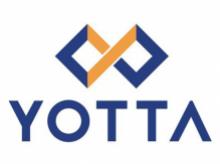

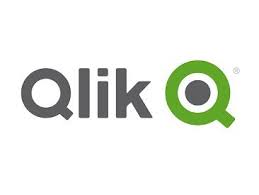



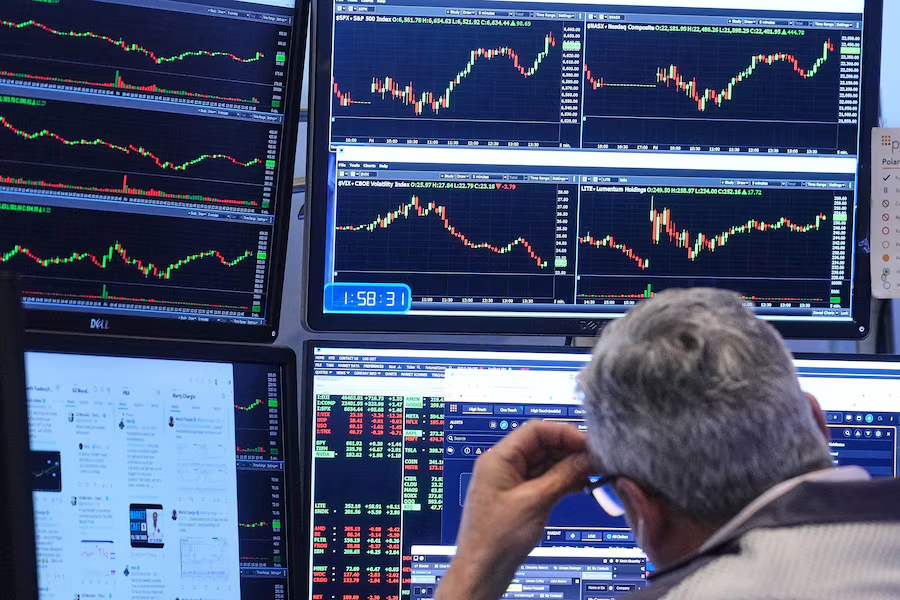





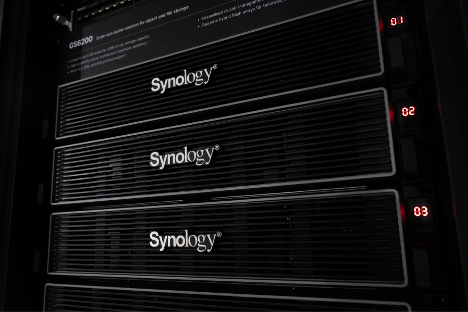










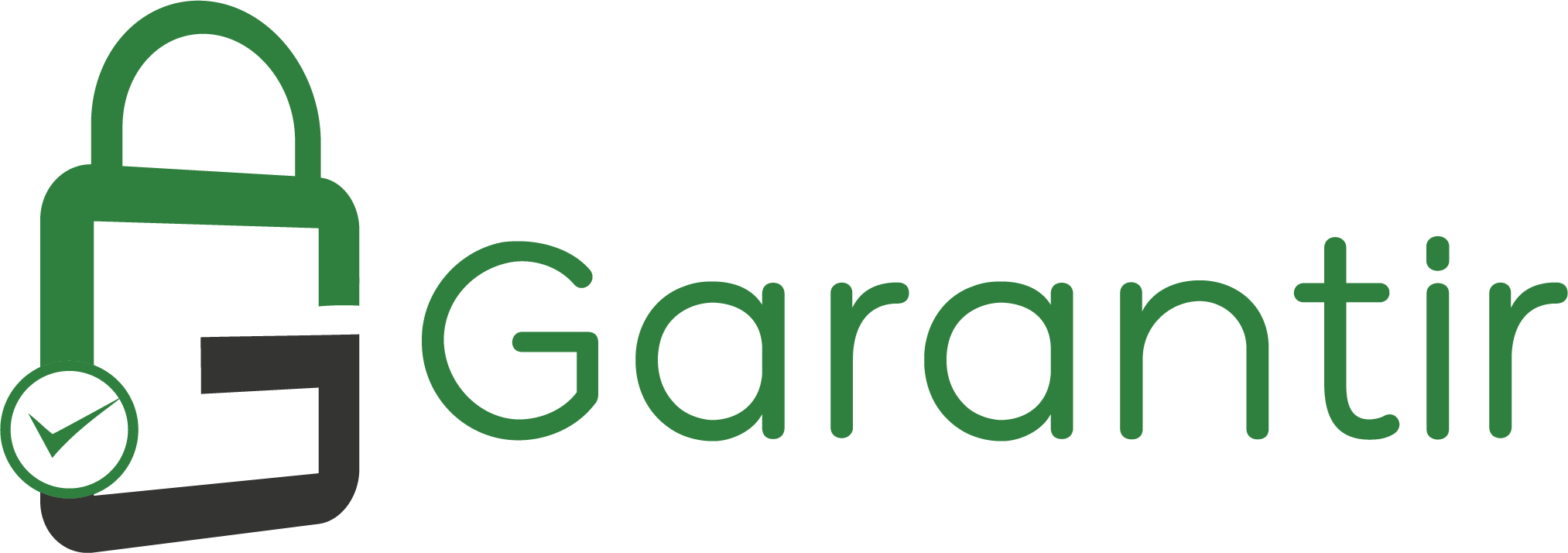






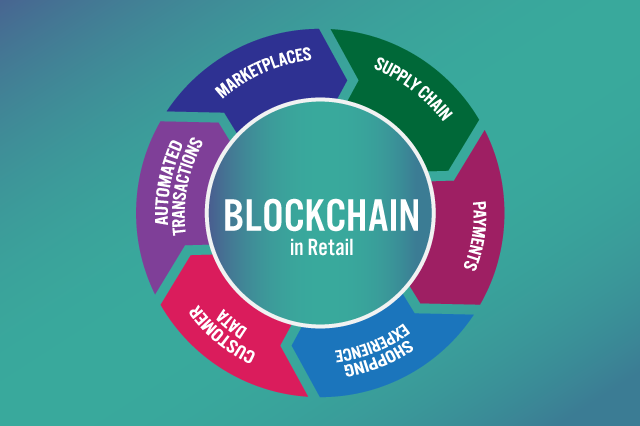
Leave A Comment